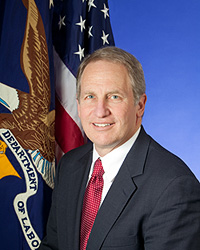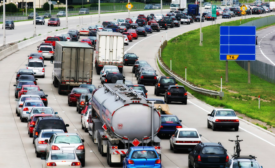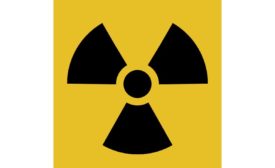A Confined Space blog post
News
A FairWarning story
Researcher says auto safety measures prevented millions of deaths
March 13, 2018
Injured nuclear workers finally had support. The Trump administration has mothballed it.
An advisory board of scientists, doctors and worker advocates helped ensure that nuclear workers exposed to toxins received proper compensation. The terms of nearly all board members expired last month — and no new members have been appointed.
March 13, 2018
Never miss the latest news and trends driving the safety industry
eNewsletter | Website | eMagazine
JOIN TODAYCopyright ©2024. All Rights Reserved BNP Media.
Design, CMS, Hosting & Web Development :: ePublishing









